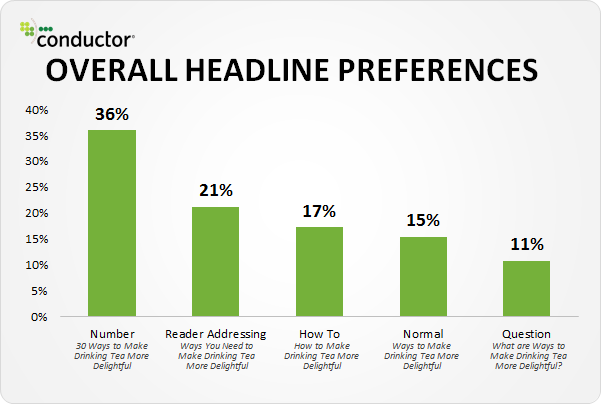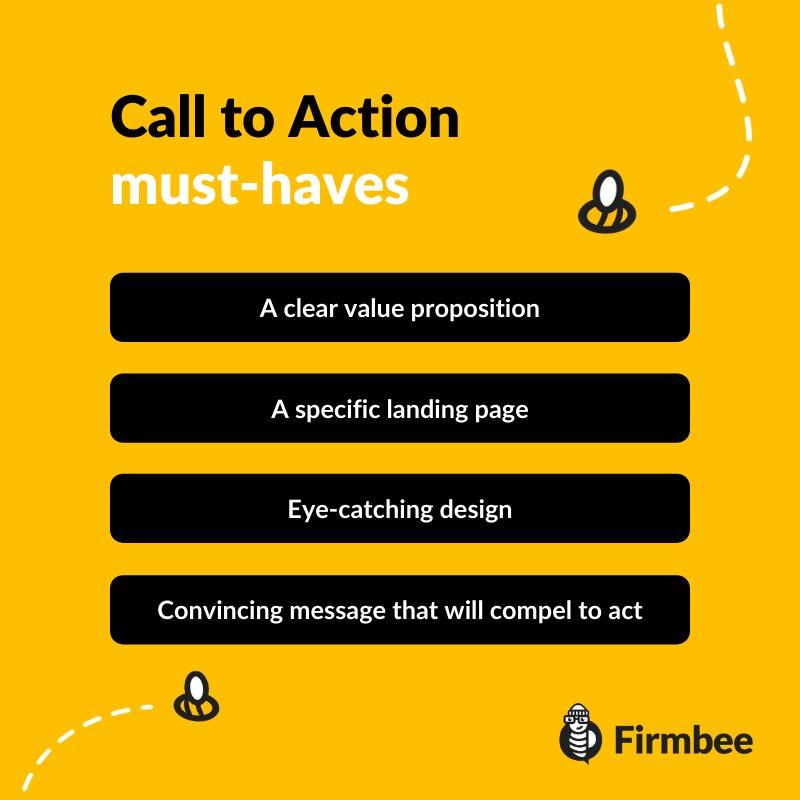Does your blog feel like a lighthouse in the middle of a desert – shining bright, but there’s no one to guide you? You write, you publish, and you hope to attract more people to your blog… but, you don’t get any leads, inquiries, or anything. So, does that mean your strategies are wrong?
Yes… and no.
Attracting clients to your blog isn’t just about increasing traffic, it’s about drawing in the right audience – the ones who appreciate the value you’re offering and are ready to take action. So, only writing good content isn’t going to be much help.
You have to be consistent, follow a single niche (not more than two), and be consistent. To make it easier for you, we have shared some tips on how to get clients to your blog here.
So, let’s dive in.
Determining Your Audience
Before you start writing, ask yourself – who you’re doing it for? If your answer is ‘everyone,’ you’re just making your job harder. While 77% of the internet users read blogs regularly, only a small part of them will be interested in your project. For example, if you are writing on cooking recipes, no person – who is interested in football – will visit your website.
So, How Do You Figure Out Who Your Audience Is?
If you are selling something through your website, whether it’s electronics or food, you should target people who are interested in it. Here are some questions you may want to get answered to find out who you should be aiming for –
- Who’ll benefit most from your products or services?
- What problems do they have, and how can you solve them?
- Which social media platform do they use more? (e.g. FB, Instagram, LinkedIn, etc.)
- What type of content do they enjoy more?
Once you’ve got your answer, you can focus on creating content.
But… How Can You Do That?
Now that you know who your audience is, write content for them. Not for search engines, not for the masses, but for human beings who are interested in your product or blog. It doesn’t matter if you are writing it or using AI to do it. Google only cares whether your article is following their EEAT guidelines or not. Here’s a tweet of Danny Sullivan reiterating the same –
We haven't said AI content is bad. We've said, pretty clearly, content written primarily for search engines rather than humans is the issue. That's what we're focused on. If someone fires up 100 humans to write content just to rank, or fires up a spinner, or a AI, same issue…
— Danny Sullivan (@dannysullivan) November 7, 2022
Source: X
But – how do you write content for your audience? Here are a few tips for you to get started –
- Use the same tone in which they talk. Visit their social media profiles and see how they discuss their problems and mirror the same in your writing.
- Answer their questions through your blog. You can find these queries by visiting consumer forums, social media, or ‘People May Ask’ section in Google.
- Don’t write just for the sake of writing. Instead, try solving real problems and help the consumer or reader take care of whatever issue they’re facing.
Blogging Tips For Client Acquisition
Attracting clients is all about writing content that can make people stop scrolling, pay attention, and think – ‘Hey, I think I need this!’ Here are some online client acquisition strategies that you can use –
1: Write To Solve Problems
People, especially those who are looking for a solution to a problem, don’t just read for fun.
They want to fix whatever they are having trouble with. And you have to write something that helps them with whatever they are looking for.
So, for example, if you are trying to target people who are having trouble with generating client interest, writing content like – ‘5 Reasons Why I Love Marketing’ could be useful. But the problem with this topic is that it’s too broad and might not answer their question. Instead, if you try the following examples, you’re bound to solve at least one of their problems.
- Why Your Website Isn’t Getting Enough Leads (And How to Fix It)
- The Best Way to Price Your Services (So You Stop Underselling Yourself)
The first one was a personal story. Those are five reasons why marketing worked for you. It might not work for your readers, though. But the other blogs? They focus on problems that your readers might be dealing with and offer solutions accordingly.

Source: Moz
Also, the title or headline of your blog is as important as the content of it. If it’s good, it’ll create a good first impression on the readers and make them enter your website. But if it’s bad, they’ll move on. The image we’ve shared here offers some insights into what kind of headlines can get you more traction. But it’s better to choose a topic first and then write a title for it.
2: Use The Right Blog Format
Using a proper format for your blog can make it more digestible and improve the content’s overall SEO rating to an extent. Here are some options that you can use for your purpose –
- How-Tos: Can be used to teach your readers something useful (like this blog!).
- Comparison Posts: Perfect for comparing two products and helping the audience choose the better option or give your own opinion on it.
- Case Studies: Show real success stories of your products and let the world know that you’re a master of this craft.
- Listicles: Quick, easy, and understandable.
Finally, as you grow your blog, many industry experts will also want to collaborate with you. So, you can create “Expert Roundup” posts to offer more legit insights and add credibility to your content.
3: Add a CTA
So, you’ve written a great post, and it got amazing traction too. But does that help you achieve your aim to get more clients through blogging? As long as you are not using a CTA, it doesn’t.
Don’t leave your audience hanging. Tell them what to do next:
- ‘Book a free consultation’
- ‘Download this free guide’
- ‘Follow my LinkedIn profile for more tips’
Here is an overview of how you should write or design a call-to-action –

Source: Firmbee
How Do You Increase Blog Traffic And Client Acquisitions?
Creating great content isn’t going to help you increase the overall visibility of your website. You have to optimize & promote it while publishing consistently. Here are some tips to get started with:
1: Optimize For Search Engines
Making your website or blog SEO-optimized may sound fancy, technical stuff at first. But, in Layman’s term, it’s all about helping search engines, like Google, find your content and rank it on their listings. Here’s how you can do it –
A: Using Keywords
Use relevant keywords and sprinkle them throughout the content (in the title, meta description, and subheadings too). Don’t overdo it, though. Maintaining a ratio of 100 words: 1 keyword is good enough for ranking.
B: Writing Meta Descriptions
The meta description of your article is a short summary, which people see on Google. So, you have to make it interesting to prompt people to click on your blog. Here is an example –

Source: Google
C: Use Headers And Bullets
Using headers can make your write-up look much more organized and help your readers find the exact information they’re looking for. On the other hand, you can point out the important parts of your writing with bullet points to help people digest information easily.
2: Be Consistent With Your Writing & Publishing Routine
Writing a blog and publishing it once in a blue moon isn’t going to be enough. Rather, the more you post, the higher your chances will be to rank on Google. And as you already know, more rankings = more traffic = more clients. It’s that simple. But the thing is – you simply cannot write every single day, can you? So, here are a few tips that can help you stay on track –
- Set a schedule (weekly, biweekly, or monthly – whatever floats your boat) and stick to it
- Write a few posts in advance, so that you don’t miss out on your publishing date
- Update your old blogs (especially those articles, which were performing before), update them with new information and share again
3: Up Your Promotion Game
While publishing is always the first step to become visible to your clients, you can also make your effort count even more by promoting your website. Start with social media platforms, like Facebook, Instagram, and Twitter to gain more attention, the follow it up with –
- Email Newsletters: This allows your readers to subscribe to you, so that they get updates on whenever you create new content or update your older blogs.
- Guest Blogging: You can also write for other websites to create backlinks and direct that site’s readers back to your blog. It can be ideal for improving your search engine rankings.
- Online Communities: Platforms like Reddit and Quora can also offer some necessary attention of people who are looking for a quick solution to their problems.
SEO Tips To Attract Clients
SEO isn’t just another part of your website that you have to maintain for the sake of maintaining. It helps your website rank higher on Google and allows people to find you online.
So, let’s give you some head-ups on this as well.
1: Keywords – Don’t Abuse Them
By using keywords, you can make your blog look more relevant in the eyes of Google. So, it’s important to use them naturally throughout your content. Try not to use them too frequently, but make sure that you are including them on the title, meta description, H2s, H3s, and in the conclusion. Also, apart from using the main keyword, we’d also suggest you use some related phrases (LSI keywords) in your article too. This would increase your chances of ranking higher.
2: Writing Titles – The Right First Impression
Before someone clicks on your article, there are two things they’ll see first – your title and meta description. So, the more interesting you can make them, the better.
- Title: Try to keep it under 60 characters and make it engaging to read. Using numbers (e.g. top 7 tips to…) can make your blog look more clickable. Also, don’t forget to include the primary keyword in the title to make it more SEO optimized.
- Meta Description: Your meta description should have the primary keyword in it and should be contained within 150-160 words. Add a call-to-action (CTA) at the end to make the blog more clickable.
The Bottom Line: How To Get Clients Through Blogging
Blogging hasn’t been just about writing for a while now. It’s about making a connection with your readers and help them solve whatever problem they might be having.
